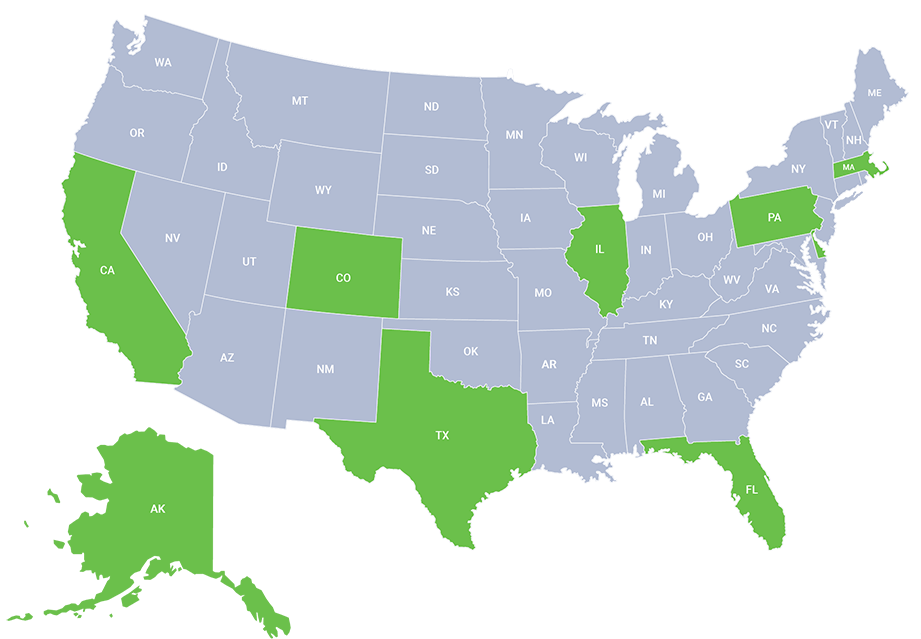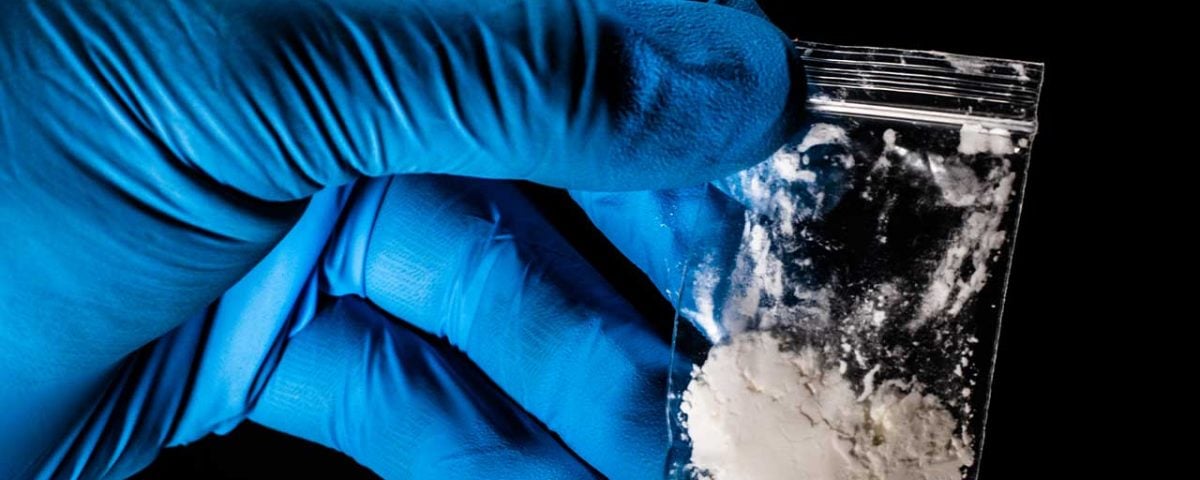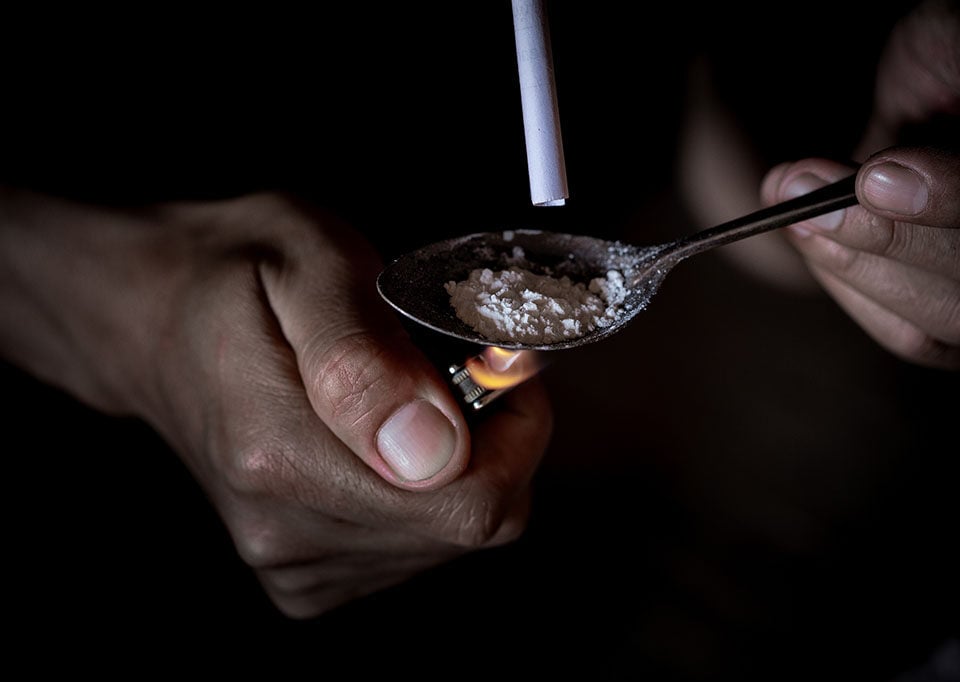Heroin and fentanyl are both powerful opioid drugs that are extremely addictive and dangerous. Heroin is made from morphine, which is another opioid that’s derived from the seeds of poppy plants. Heroin is refined from morphine to create an addictive substance that can be smoked, injected, and snorted. Fentanyl-laced heroin has become a growing problem during the opioid crisis, contributing to thousands of overdoses and deaths throughout the nation. Today, we’re looking into the effects of using heroin laced with fentanyl and addiction treatment options that can help.
Questions about our Facilities or Programs?
Our admissions coordinators are available 24/7 to answer any questions you may have as you consider whether treatment at Banyan is right for you or your loved one.
Heroin vs. Fentanyl: How Are They Different?
Heroin
Heroin was manufactured in 1898 by Bayer, a pharmaceutical company, to treat people with morphine addictions and tuberculosis. The drug was meant to be a non-addictive substitute to morphine and other medications but instead ended up being even more addictive. Heroin grew in popularity through the 1900s, and the drug remains a problem to this day.
Now a Schedule I drug, heroin is no longer accepted for medical use and is recognized for its high potential for abuse and addiction. It’s usually sold on the streets in either a white or brown powder or a dark, sticky substance called Black Tar Heroin. The drug is most commonly injected, although it can also be smoked and snorted.
Heroin’s effects vary depending on how it’s used. For instance, injecting heroin is preferred to snorting heroin because the effects kick in almost immediately when the drug is used intravenously (IV). However, this method also presents additional dangers. Many people who use heroin intravenously eventually suffer from collapsed veins, skin disease, bruising, lesions, and transmitted diseases like HIV from sharing dirty needles.
Despite these risks, people use heroin because of its euphoric and numbing side effects. Long-term effects may also include lung complications, kidney and liver disease, sexual dysfunction, insomnia, mental illness, and more. Unfortunately, even if the addict is aware of these issues, heroin’s impact on the balance of chemicals like dopamine and serotonin in their minds tends to overshadow them.
Fentanyl
Although both are opioids, fentanyl is a classified Schedule II drug (unlike heroin). It’s labeled as having a high potential for abuse which can lead to physical and psychological dependence. A difference between fentanyl and heroin is that fentanyl is still used for medical purposes, specifically as an anesthetic and analgesic. Illegal distribution of the drug, however, has become a major problem as the drug is being stolen from pharmacies and made in clandestine labs.
Fentanyl comes in many forms, including lozenges, tablets, nasal sprays, injectable solutions, and powders. When abused, fentanyl may be taken orally, injected, smoked, or snorted. When used, fentanyl produces similar side effects as heroin, including euphoria, sedation, and calm, as well as negative side effects like nausea, vomiting, dizziness, and trouble breathing.
Fentanyl is 50 times more potent than heroin, making users more likely to overdose on smaller doses of fentanyl than heroin. The number of fentanyl overdose deaths in the U.S. has skyrocketed amid the opioid epidemic, increasing from 2,666 deaths in 2011 to 31,335 deaths in 2018.1,2 One of the dangers of fentanyl is that it’s often added to heroin without the user’s knowledge, increasing their risk of taking too much and overdosing.
Why Is Heroin Laced With Fentanyl?
Heroin is laced with fentanyl to increase heroin’s potency or be disguised as a potent form of heroin. Many users believe that they’re purchasing “high quality” heroin without realizing they’re actually taking fentanyl mixed with heroin. Considering that fentanyl is significantly more potent than heroin, it takes smaller amounts of the drug to overdose. For this reason, many users who unknowingly purchase fentanyl-laced heroin often overdose from taking too high of a dose.
Drug dealers may also mix fentanyl with heroin to make their batches more addictive. This way, their customers are more likely to purchase more drugs from them. It’s also sometimes cheaper for drug dealers to lace their products with other substances, allowing them to make more profit.
Heroin & Fentanyl Side Effects
While a lethal dose of heroin is about 30 milligrams (ml) for an adult male, the lethal dose of fentanyl is only about 3 ml. Therefore, someone who’s unknowingly using fentanyl-laced heroin might inject a lethal dose of the drug, causing an overdose. In cases when a person does not overdose from taking this combination, side effects like nausea, vomiting, drowsiness, sedation, dry mouth, itching, and loss of consciousness may occur to an extreme degree.
However, overdose is usually the most common side effect of taking heroin laced with fentanyl. A heroin and fentanyl overdose is normally marked by symptoms like:
- Low blood pressure
- Drowsiness
- Dizziness
- Confusion
- Difficulty staying awake
- Unresponsiveness
- Nausea and vomiting
- Limp body and limbs
- Pinpoint pupils
- Cold and clammy skin
- Bluish-colored lips and fingernails (cyanosis)
- Slowed or stopped breathing (respiratory depression)
- Slowed heart rate
- Reduced or loss of consciousness
- Coma
If you recognize these signs, call 9-1-1 immediately. If you have naloxone and have been trained on how to administer it, do so and stay with the person until emergency help arrives. You can also turn the person on their side, so they don’t choke.
Getting into treatment is easy with our free insurance verification
"*" indicates required fields
Heroin & Fentanyl Addiction Treatment
Heroin and fentanyl are highly addictive opioids that can be difficult to quit without professional help. Our Texas recovery center offers a safe, clean place where clients can undergo medically supervised detox as part of their fentanyl or heroin addiction treatment. We offer various levels of care to ensure clients have treatment options suitable to their needs.
For more information about our Texas drug and alcohol treatment, call Banyan Treatment Centers today at 888-280-4763.
Sources:
Related Reading:









